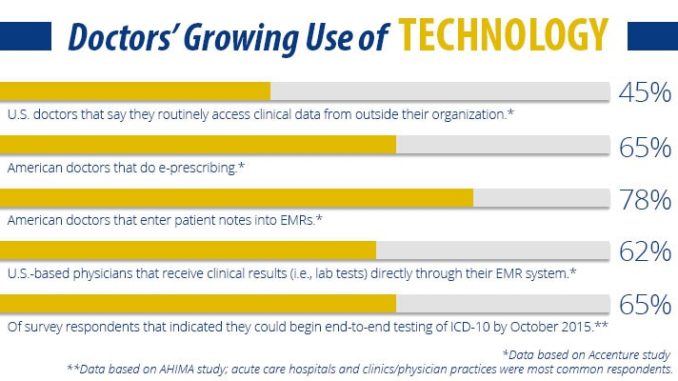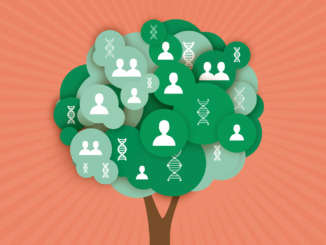
Medical coding is like translation. People behind medical coding take medical reports and convert them into a set of codes. In a medical claim, these codes play a great role. In this article, we are going to take a look at medical coding and the relevant statistics. Read on to know more.
The Reason to Code Medical Reports
You may be wondering why we need to code medical reports. Isn’t it enough to just describe the diagnoses, symptoms, and procedures? After all, these reports can be sent to an insurance company.
According to the reports released by the Centers for Disease Control (CDC), over the past 12 months, there were more than 1.4 billion patients who visited hospitals. This includes patients who visit emergency rooms, outpatient facilities, and physician offices.
Suppose there are only 5 pieces of coded info against each visit. It would be a whopping 6 billion pieces of info that the professional would need to transfer each year. This estimate is unrealistically low, though. So, medical coding helps make it easier to transfer a lot of data.
Aside from this, coding helps you distribute the same documents between different medical facilities. For instance, the code of strep throat is the same whether you are in Hawaii or Arkansas. With the help of uniform data, you can perform research and analysis in an efficient manner. Health and government agencies make use of the info in order to keep an eye on health trends. For instance, if the CDC needs to analyze the spread of viral pneumonia, the ICD-10-CM code can help them.
Lastly, coding helps you find out if a treatment is effective. As a matter of fact, this is a lot more important for large facilities, such as hospitals.
Now, we should go ahead and find out more about 3 types of code. If you are a medical coder, you will find this information pretty useful.
Three Types of Code
ICD
ICD is short for the International Classification of Diseases. These diagnostic codes provide a uniform vocabulary to describe the possible causes of death, illness or injury. In the 1940s, the World Health Organization (WHO) established this code. Over the past 60 years, it’s has been revised many times.
These codes help represent the diagnosis and the condition of the patient. As far as the billing process goes, these codes help professionals determine the necessity of medical treatment.
CPT
CPT is short for Current Procedure Terminology. These codes are used in order to document most of the medical procedures at a doctor’s office. The American Medical Association (AMA) published and maintained this code. So, AMA reserves the copyrights and updates the codes on a yearly basis.
HCPCS
HCPCS refers to the Healthcare Common Procedure Coding System. It’s also known as “hick picks”. Primarily, HCPCS codes correspond to equipment, procedures, and services that CPT codes don’t cover, which includes medicines, drugs, ambulance rides, prosthetics, and medical equipment.
So, this was an introduction to medical coding. Hope you will find this guide helpful.
Proudly WWW.PONIREVO.COM
Source by Shalini M



